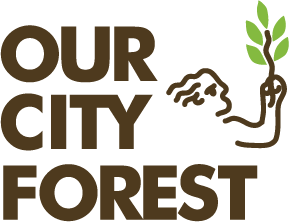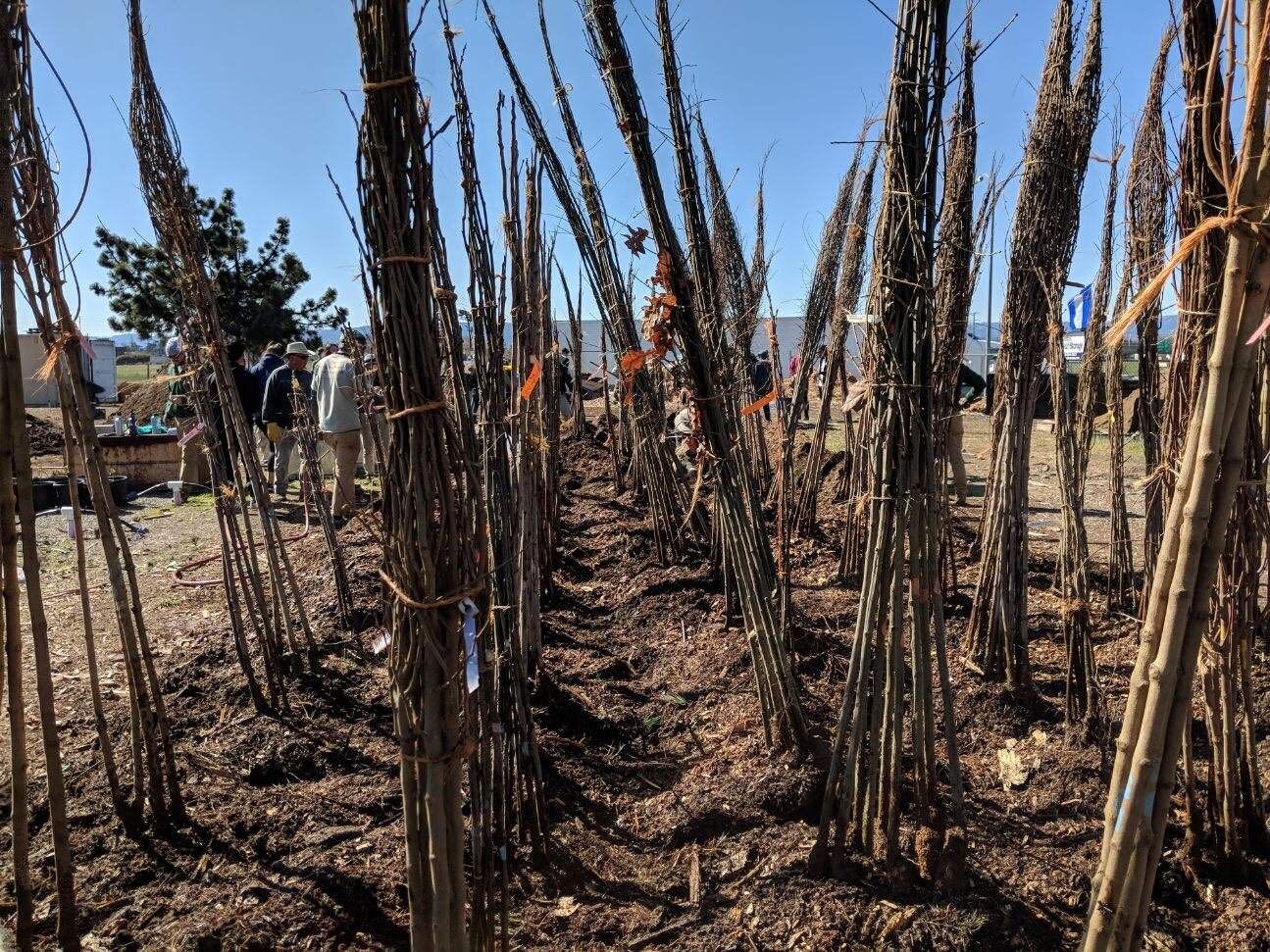Ever really think about how maple syrup is made? It is many people’s favorite breakfast accoutrement, but most do not consider the story behind it. Well it comes from OCF’s oldest friend, the tree! Today on the blog we learn all about tree tapping and the process of creating maple syrup.
For starters, what trees can be tapped to make maple syrup? Maple trees of course! The syrup actually comes from the sap contained in these trees. The trees definitely need to be healthy and free of damage or disease to collect their sap, but size is also an important detail to account for when it comes to tapping trees. The tree must be mature if it is to be tapped for its sap. The minimum diameter size required is 1 foot. If the maple tree has a diameter of roughly 12 to 20 inches, it can be tapped only once. If the diameter is between 21 and 27 inches it can be tapped twice. Once the tree’s diameter surpasses 27 inches, it can be tapped three times.
There are actually four main types of maple trees used for syrup making. They are: sugar, black, red, and silver maples. The sugar maple is, naturally, the best for making maple syrup. This is because it has a high sugar content. Sugar maples are predominately found in Canada and the northeastern United States, but can also be found as far west as Minnesota and as far south as Tennessee. These trees do well in various soils, but dislike very wet or very dry conditions. The black maple is the second most favorable for syrup making, as it has the second highest sugar content in its sap. Its growth range is more limited however, found within Canada in southeastern Quebec as well as the USA amongst central Wisconsin and down south to Tennessee. Coming in third is the red maple, which has a lower sugar content – but still makes great quality syrup. A pro of this tree is that it grows almost anywhere. It can be found growing all the way down in Florida and as far west as Texas. Lastly, silver maples can also make syrup but are these least desirable for this process – simply due to their low sugar content. As they grow early on in spring their sap can evaporate before being tapped. These trees do however have a large growth range similar to red maples.
Fun Fact: While not one of these four popularly used types, the bigleaf maple, acer macrophyllum - which is found here on the Pacific coast - can also be used to make delicious syrup!
Now that you’ve learned about different types of maples, let’s get down to the details. First off, when is a good time to tap trees for sap? The ideal timeframe is from the end of January through the end of February. It is peak season when temperatures drop below freezing at night, but stay above freezing during the day. Secondly, how exactly does one tap a tree? Believe it or not, a power drill is used to drill a small hole in the tree. The drill bit size must match the size of the spile, which is the spout like instrument put into the tree that acts as a funnel to collect the sap into a bucket. The hole is created at a upward angle to allow sap to flow down via gravity. The hole goes into the xylem layer of the tree. Then the spile is hammered in and the collection bucket is hung. Sap flows out during the day when temperatures are above freezing. On average, 6 – 10 gallons of sap are collected in a syrup season.
How does sap become syrup? Initially, the sap is filtered through both a coarse and fine filter to remove debris. Then, it gets boiled. This is done at a temperature range of 212°F-218°F. This boiling will kill any bacteria present in the sap. As it is boiled, much of the sap evaporates. The sugars are then condensed and the texture begins to thicken. This liquid is then transferred to a stove top to complete its last step in its transformation to what we all know as “syrup”. This finished product is a ratio of about 67% sugar and 33% water. It is then filtered a final time and bottled while still hot. Bottling it while hot allows it to seal better and be stored at room temperate. Syrup that is bottled while cooled must always remain in the fridge or freezer.
Fun fact: What many people do not realize is that it takes approximately 40 gallons of sap to make 1 gallon of syrup. How crazy is that!












